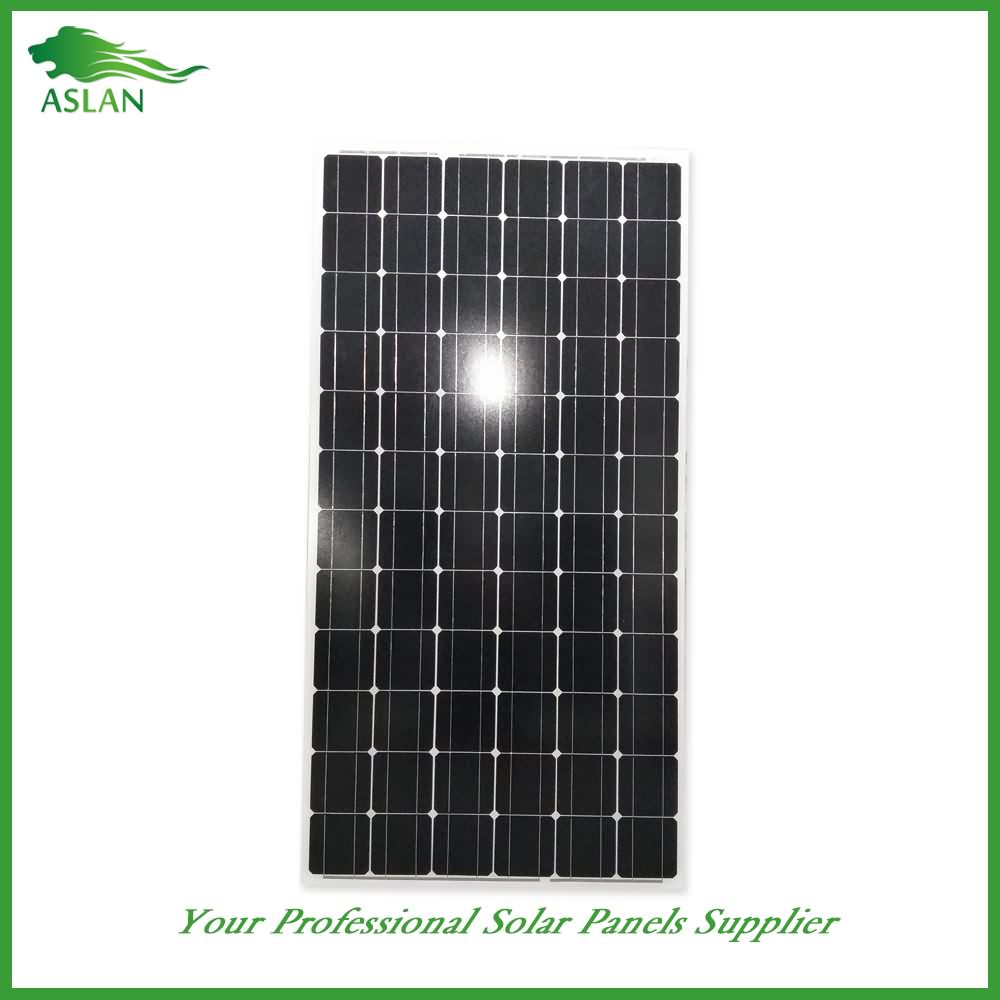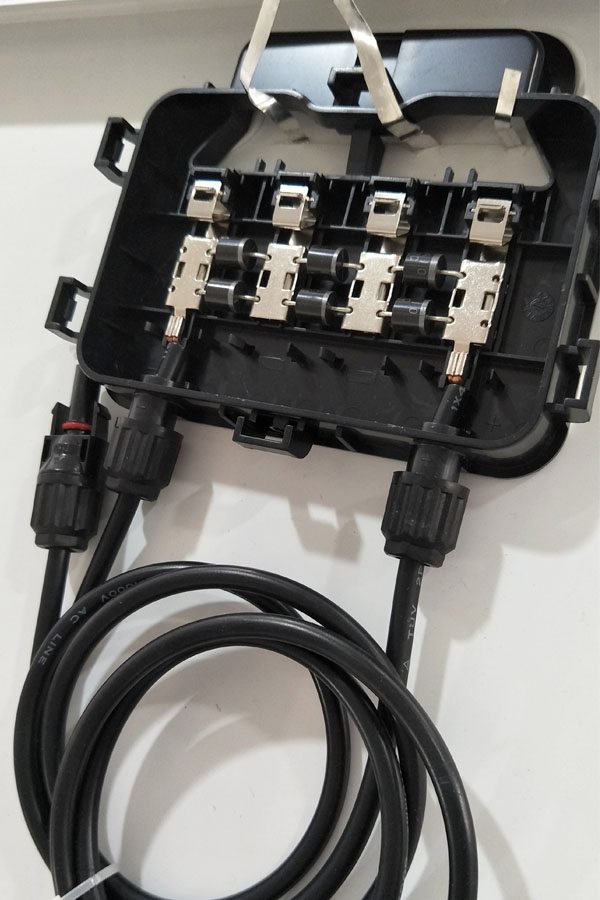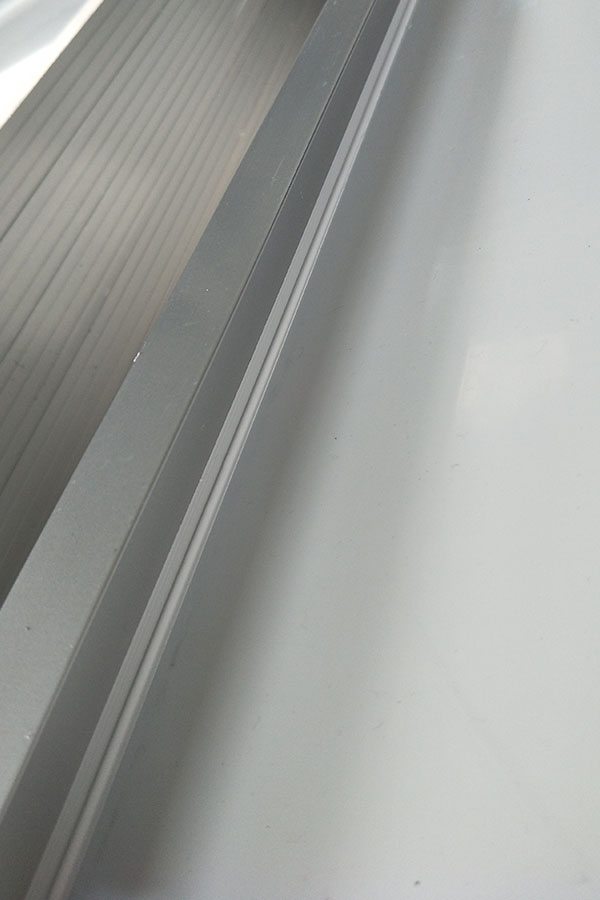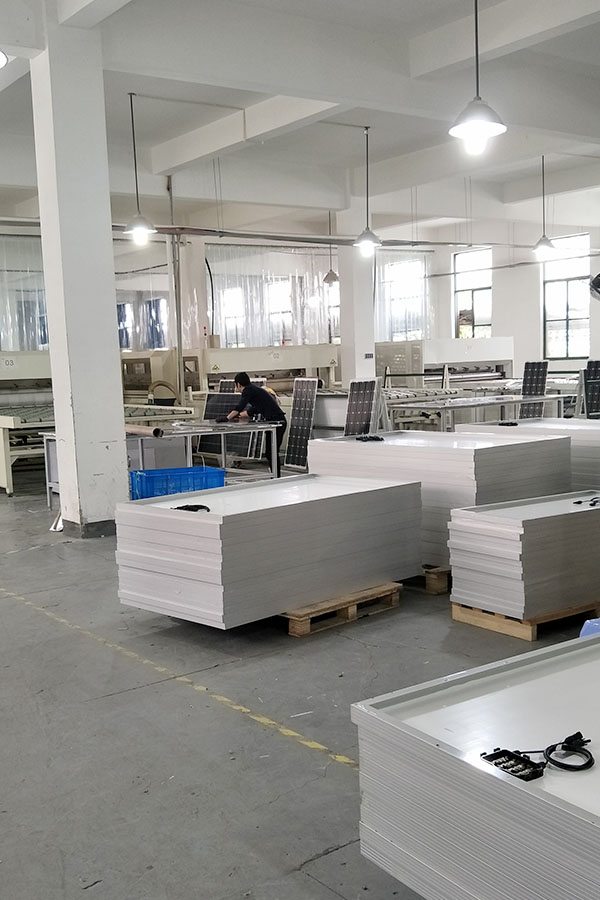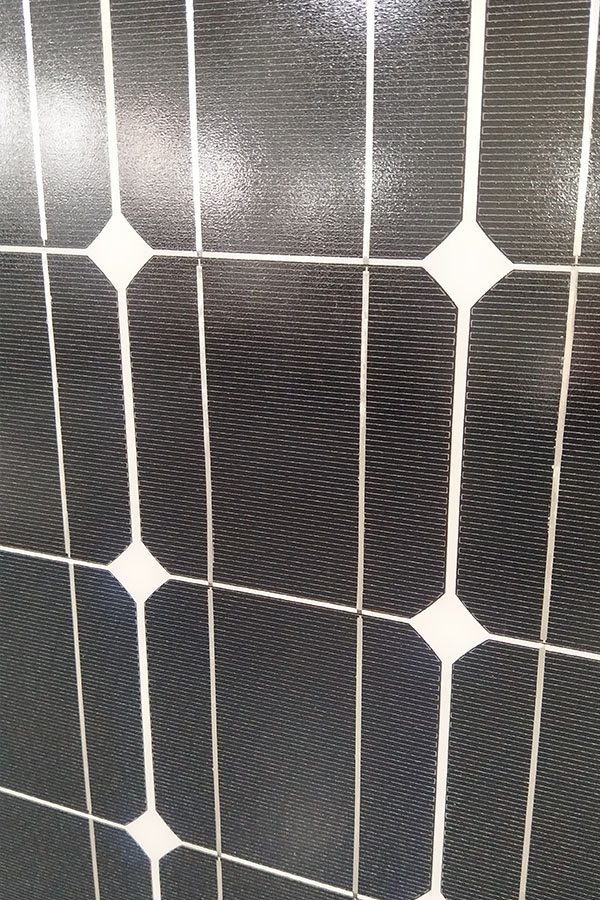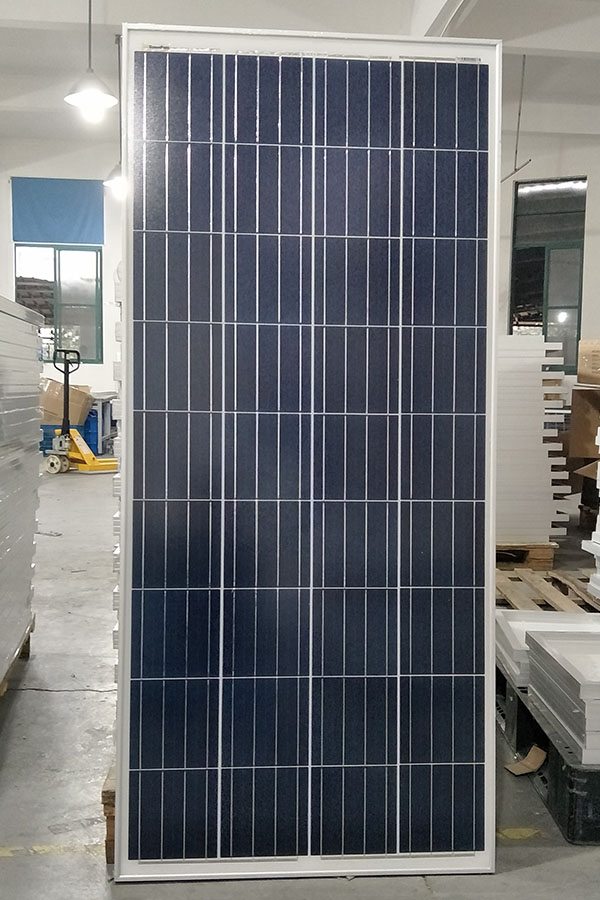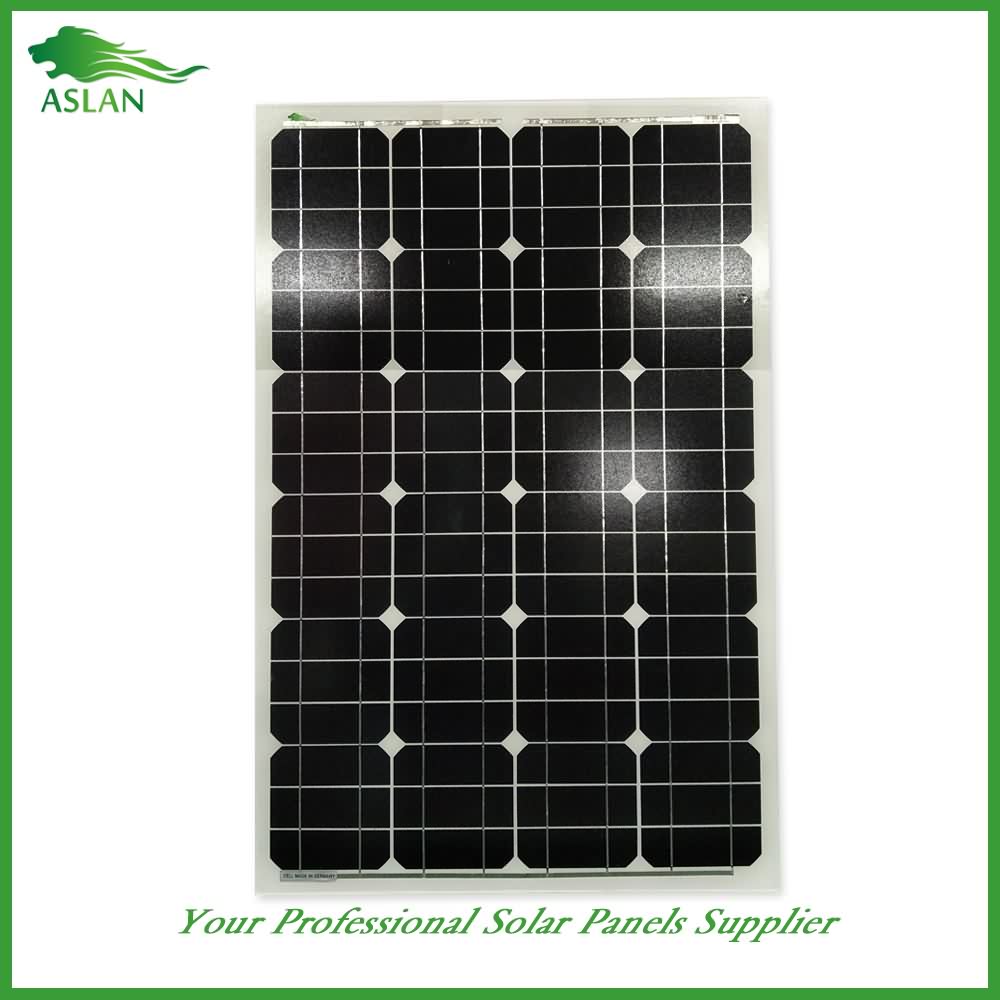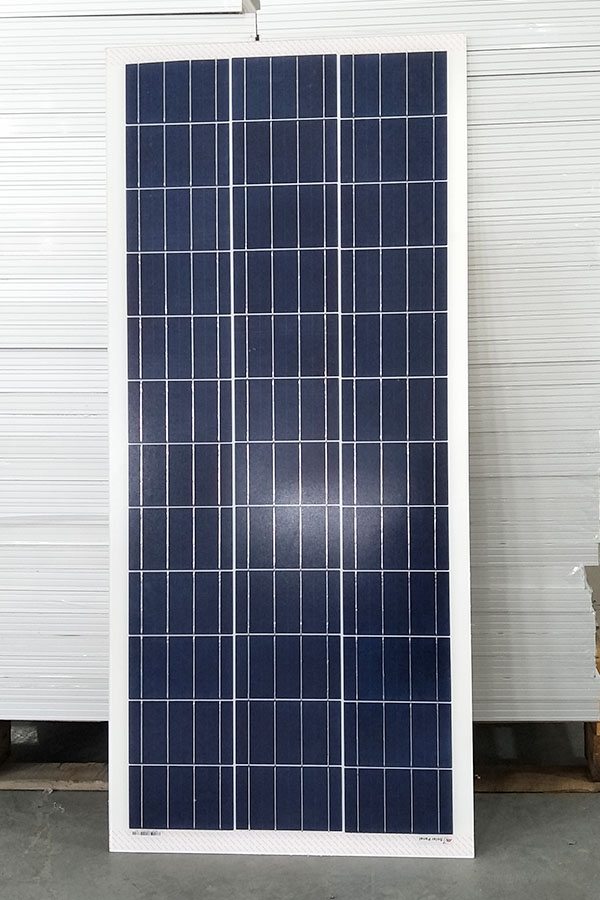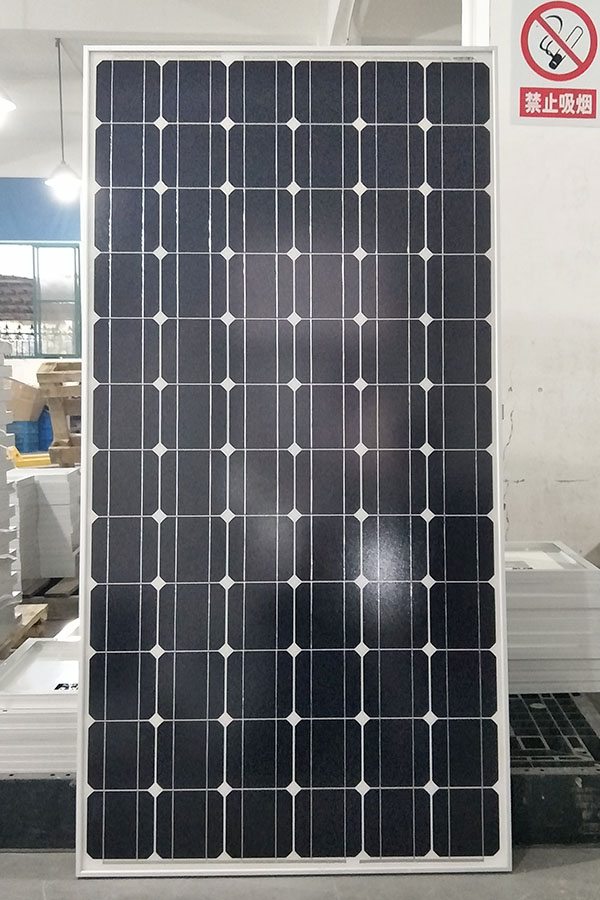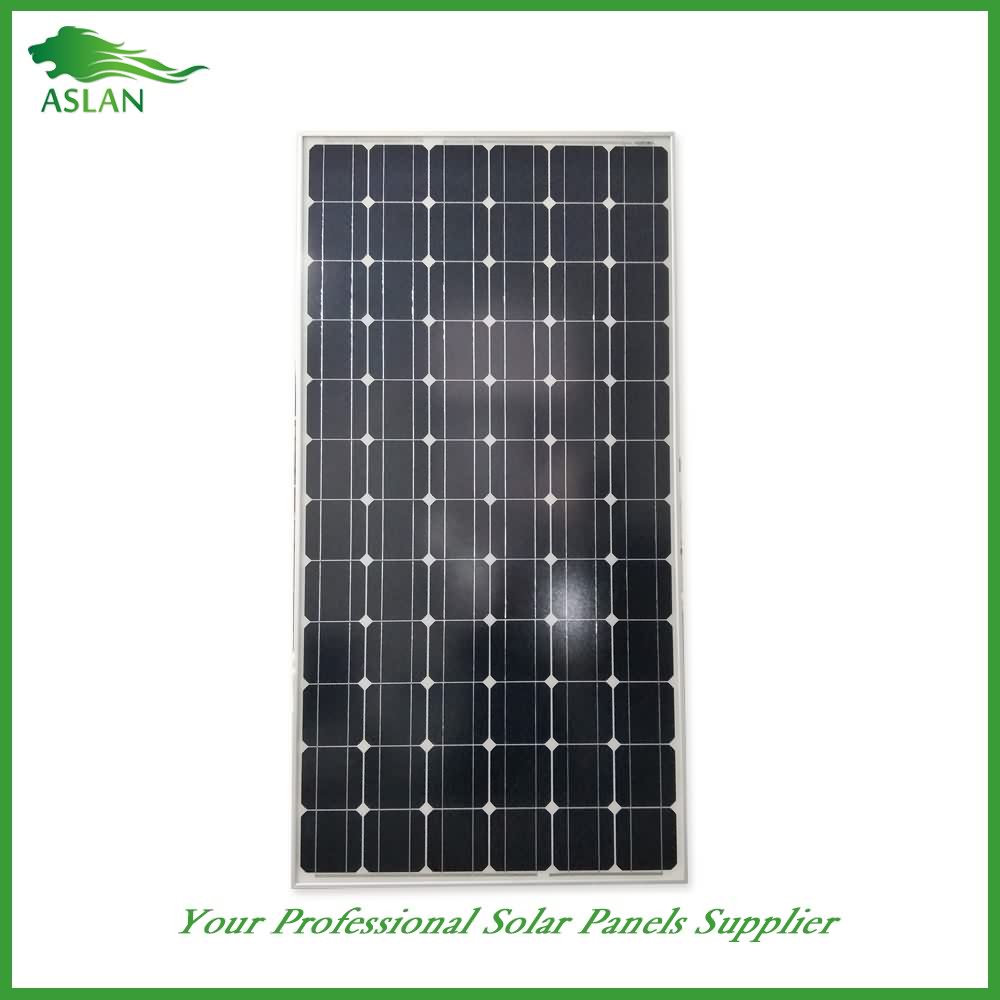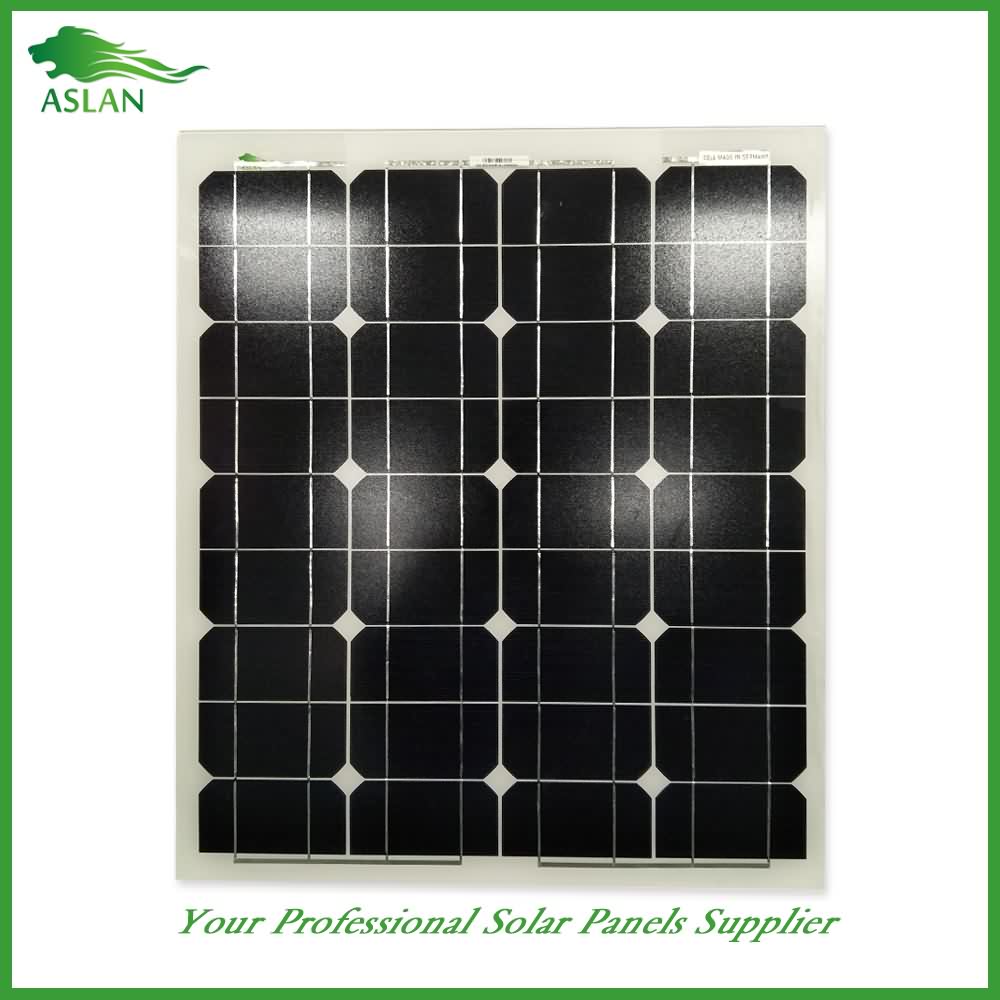16 Years Factory Mono-Crystalline 200W Solar Panel Wholesale to Sao Paulo
Short Description:
Our products are widely recognized and trusted by users and can meet continuously changing economic and social needs for 16 Years Factory Mono-Crystalline 200W Solar Panel Wholesale to Sao Paulo, We, with open arms, invite all interested buyers to visit our website or contact us directly for further information.
Mono-Crystalline 200W Solar Panel
Technical parameter
Maximum Power(W) 200W
Optimum Power Voltage(Vmp) 37.29V
Optimum Operating Current(Imp) 5.36A
Open Circuit Voltage(Voc) 45.48V
Short Circuit Current(Isc) 5.89A
Mechanical Characteristics
Cell Type Monocrystalline 125x125mm (5 inch)
No of Cell 72 (6x12pcs)
Dimensions 1580x808x35mm
Weight 14.5Kg
Front Glass 3.2mm,High Transmission, Low Iron,Tempered Glass
Junction box IP65 Rated
Output Cable TUV 1×4.0mm2/UL12AWG,Length:900mm
Temperature and Coefficients
Operating Temperature(°C): -40°C ~ + 85°C
Maximum System Voltage: 600V(UL)/1000V(IEC) DC
Maximum Rated Current Series: 15A
Temperature Coefficients of Pmax: -0.47%
Temperature Coefficients of Voc: -0.389%
Temperature Coefficients of Isc: 0.057%
Nominal Operationg Cell Temperature (NOCT): 47+/-2°C
Materials of solar panel
1).Solar Cell——Mono-crystalline solar cell 125*125mm
2).Front Glass——-3.2mm, high transmission, low iron, tempered glass
3).EVA——-excellent anti-aging EVA
4).TPT——-TPT hot seal made of flame resistance
5).Frame——anodized aluminum profile
6).Junction Box——-IP65 rated, high quality, with diode protection
Superiority: high quality anodized aluminum frame, high efficiency long life, easy installation, strong wind resistance, strong hail resistance.
Features
1. High cell efficiency with quality silicon materials for long term output stability
2. Strictly quality control ensure the stability and reliability, totally 23 QC procedures
3. High transmittance low iron tempered glass with enhanced stiffness and impact resistance
4. Both Polycrystalline and Mono-crystalline
5. Excellent performance in harsh weather
6. Outstanding electrical performance under high temperature and low irradiance
Quality assurance testing
Thermal cycling test
Thermal shock test
Thermal/Freezing and high humidity cycling test
Electrical isolation test
Hail impact test
Mechanical, wind and twist loading test
Salt mist test
Light and water-exposure test
Moist carbon dioxide/sulphur dioxide
*Make sure to wear the proper safety gear when handling electronics.
Happy Thanksgiving!
Check out the new Leak Project Mobile Tour DIY Solar Generator Power Station. With a sleek new Renogy Monocrystalline Foldable 100 watt Panel combined with 3 X 15 watt polycrystalline panels, from Chicago Electric.
Using a heavy duty plastic case and 1000 watt pure sine wave intverter by Xantrex, it also has a 150 amp fuse box, heavy duty cables, new wiring and more.
We power up a 1/3 horsepower metal grinder, house fan, charge a cell phone, laptop, couple car batteries and a couple golf cart batteries.
*Note i made a comment that i thought motorcycle batteries were 6volt because of a faulty battery i’ve attempted to charge. There is both 6volt & 12volt batteries for motorcycles, however most modern bikes run 12volt.
This is my portable power box 2.0 designed to run a 100 watt HF amateur transceiver (or two) nearly indefinitely! Below are the links I promised and some more info I should have included. I’ll add more as I think of it.
The box weighs about 34 pounds, and the hinges/handle/latches don’t seem stressed.
The Solar Array is comprised of 4 Goal Zero Boulder 15 Watt panels
http://www.goalzero.com/shop/p/20/Boulder-15-Solar-Panel/6:3/
If you have a Costco near you, these panels are generally available from the Costco Roadshow for $99 each. To find when the Goal Zero roadshow will be visiting a Costco near you, visit:
http://www.goalzero.com/store-finder.html
The battery box is built using an MTM Sportsmans Plus Utility Dry Box (The SPUD6). This box is nearly ideal because it is significantly less expensive than a Pelican, it has an o-ring around the lid seal, both lids overhang the edges of the compartments they cover, and it includes a removable tray. This box can be purchased from Amazon and more information about this box can be found here:
http://www.mtmcase-gard.com/products/camping/dry-boxes-spud6.html
To provide power distribution from the box to devices, I am utilizing a West Mountain Radio RigRunner 4004USB. This power bus supports is an aluminum box with fused Anderson Power Pole connections. RigRunners are available in multiple sizes, and more information can be found here:
http://www.westmountainradio.com/content.php?page=rigrunner
To meter the total consumption and power characteristics of the load, I selected a West Mountain Radio PWRCheck meter. This meter actually shows a little less information than a standard Watt’s Up meter, but was selected due to the backlight on the display, its ability to log data to a computer, and its ability to have its firmware upgraded via a download from the internet. More information about the West Mountain Radio PWRCheck can be found here:
http://www.westmountainradio.com/product_info.php?products_id=pwrcheck
I selected a Maximum Power Point Tracking (MPPT) solar battery charge controller to squeeze every last watt out of my setup. MPPT charge controllers are usually significantly more expensive than standard charge controllers, but the expense is worth it. To learn more about MPPT charge controllers and how they work, visit: http://www.windsun.com/ChargeControls/MPPT.htm
After much research, I selected the Morningstar SunSaver 15A MPPT tracker. This unit was selected because it is relatively small compared to a lot of other devices out there and the manufacturer has really applied a lot of good engineering to their devices. This unit also allows for the installation of a remote panel meter which allows you to get power data about incoming and charging power, temperature, and if you use this controller to manage the load, load power data. This charge controller also has an RS232 interface available allowing you to record and analyze data using a computer. I purchased these items from Northern AZ Wind and Solar:
Controller: http://www.solar-electric.com/mosumpsochco.html
Meter: http://www.solar-electric.com/mormredime.html
Interface: http://www.solar-electric.com/mopcmeadm.html
I am using two 20Ah AGM batteries sourced from a local BatteriesPlus, connected in parallel (my entire system is 12v, not 24, though it could be).
I also utilize Watt’s Up inline power meters, purchased from Ham Radio Outlet. These are indispensable meters that allow me to measure all aspects of power performance at many points within my box.
http://www.hamradio.com/detail.cfm?pid=H0-008811
